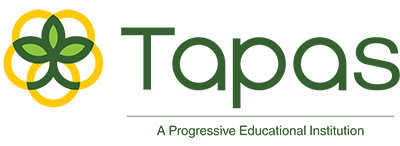The lack of spoken Samskrit proficiency in its home country of India is a crying shame. It is our heritage language and the mother of most Indian languages.
Samskrit should be our everyday language among all sections of the population. It should be the language spoken in homes, in shops, at the railway station, in schools and universities, in doctors’ offices, and in all instances of communication.

Here is the definition of lingua franca from Wiki. A lingua franca is also known as a bridge language, common language, trade language, auxiliary language, vehicular language, or link language, is a language or dialect systematically used to make communication possible between groups of people who do not share a native language or dialect, particularly when not one of the speakers’ native languages.
This is precisely what Samskrit should be for India. It’s unfortunate that English is being used for this purpose. While English proficiency has helped us in being globally competitive, its adoption within our homes and families has damaged our connection with our heritage and our national cohesiveness massively.
Samskrit has suffered from a deep association with holy scripture in the psyche of people. While it’s true that holy scripture is composed in Samskrit, it is still only a language. This burden of association with scriptural works did not hamper the development of Arabic or Hebrew. Arabic and Hebrew have made the leap to secular use quite well.

Israel had the right idea when they united diverse peoples with a common language and managed to resurrect Hebrew and make it fully pervasive within a generation. It’s an awesome achievement, and it united a population that came in speaking various dialects. It’s high time to regenerate secular use of Samskrit similarly.
The younger generation should be taught and encouraged to use Samskrit in everyday life. Spoken Samskrit should be emphasized. Teenagers and bands should be encouraged to compose pop music in Samskrit. Advertisers should showcase young modern youngsters doing present-day activities, hawking modern products in Samskrit. A spoken version of Samskrit, complete with dialect/slang has to be encouraged. It has to be decoupled from the heaviness of ancient associations, and given new life, and made ‘cool’ by today’s youngsters. Nothing makes a trend spread faster than adoption by hip youngsters.
The development of Samskrit does not have to imply the downfall of Indian English or any other language currently in use. Indians have been using multiple languages for thousands of years. Hampering the development of Samskrit on these grounds is flimsy.
It’s simple. India is the home of Samskrit. Samskrit was once the language of the common person of India. It should be again. Soon. Within a generation or so.

To that end, Tapas will be incorporating Samskrit use (spoken and written, in that order) in our schools from the youngest grades. Ideally, spoken language is learned first, at home, in an immersive environment. Grammar comes later in school. Grammar-based language learning rarely leads to spoken proficiency. Hence, we will be creating a language enriched immersive environment for our students, where they will be exposed to spoken English and Samskrit conversation all through their school day. This bilingual approach has been proved by several studies to improve cognitive and socio-emotional development among young children. We would be giving our students a great advantage in both academic and cultural spheres by incorporating Samskrit in our curriculum.
 This is a Guest Post By Ms. Padma
This is a Guest Post By Ms. Padma

